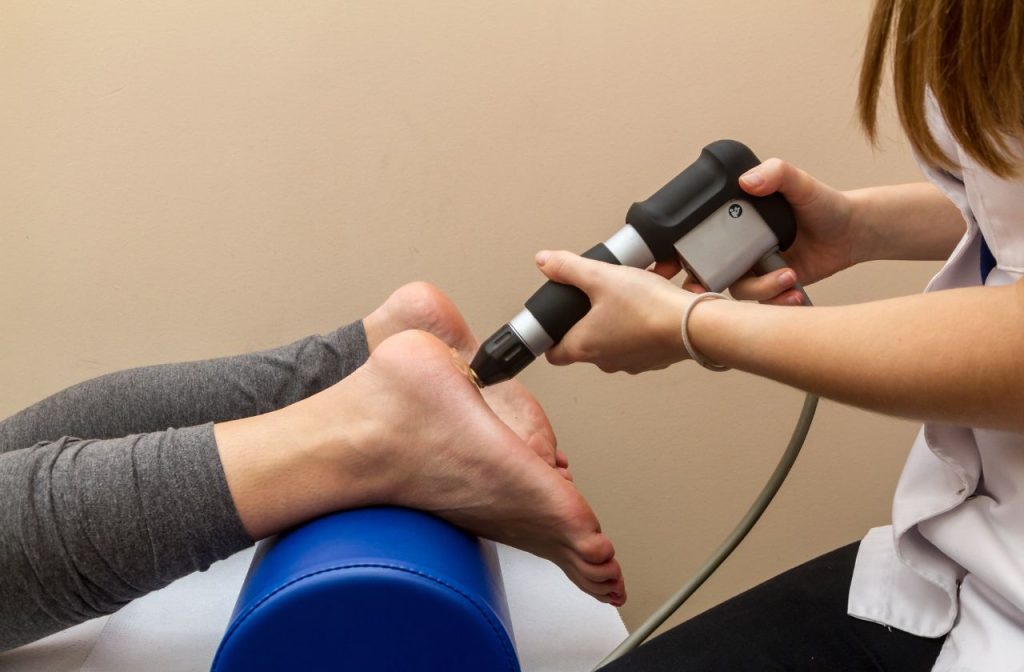
What is Sacroiliac Joint Dysfunction?
The sacroiliac (SI) joint sits at the base of your spine, where the sacrum meets the ilium of the pelvis. Unlike most joints, it doesn’t move much—its primary role is to act as a shock absorber for transmitting forces between the upper body and legs. When the joint or its supporting ligaments become mis-aligned, over-stretched or dysfunctional, you may develop what is known as sacroiliac joint dysfunction. Proback Advanced Back Care
Causes of SI Joint Dysfunction
There are several possible contributors:
Misalignment in the lower back (lumbar spine) or pelvis. Proback Advanced Back Care+1
Overuse of the joint (repetitive load or prolonged standing) Proback Advanced Back Care
Ligament stretching or damage (for example after an injury, fall, or childbirth) Proback Advanced Back Care
Leg-length discrepancies or imbalance in gait mechanics. Proback Advanced Back Care
Dysfunction in adjacent joints (ankle, knee, hip) which alters mechanics and places extra stress on the SI joint. Proback Advanced Back Care
Symptoms to Recognise
Because SI joint dysfunction frequently mimics other conditions (such as a herniated disc or sciatica), accurate diagnosis is crucial. Common symptoms include:
Pain or ache in the buttock, hip, or groin area, which may radiate to the thigh. Proback Advanced Back Care
Feeling of instability in the pelvis or lower back, especially when standing or walking. Proback Advanced Back Care
Stiffness on rising from a seated position, or after prolonged sitting/standing. Proback Advanced Back Care
Unlike many nerve-root problems, SI dysfunction often causes pain without prominent tingling or muscle weakness. Proback Advanced Back Care
How It's Diagnosed
Diagnosis involves a thorough consultation: medical history, posture and movement assessment, provocation tests of the SI joint, and often imaging to exclude other causes. It’s important to determine whether the pain is due to the joint itself or whether it’s secondary to dysfunction elsewhere (e.g., lumbar spine, hip). Proback Advanced Back Care
Non-Surgical Treatment Options
Effective treatment typically adopts a comprehensive, multi-disciplinary approach. Key elements include:
Manual & Rehabilitation Therapies
Chiropractic or osteopathic adjustments to restore alignment and joint mobility.
Physiotherapy focusing on core, gluteal and pelvic-stabilising muscle strengthening.
Gait analysis and correction of biomechanical factors (leg length difference, ankle/knee imbalance).
Exercise prescription for long-term stability.
Advanced Non-Surgical Techniques
In more specialised clinics, advanced modalities may be added:
Shockwave therapy and laser therapy to stimulate healing of ligaments/tissue around the SI joint. Proback Advanced Back Care
Spinal decompression where related lumbar or disc issues are contributing. Proback Advanced Back Care
Tailored programmes which focus on the underlying biomechanics, not just the painful joint.
Why Choose a Specialist Clinic
A dedicated SI-joint dysfunction clinic offers advantages such as:
Faster access (same-day or next-day appointments) in many urban centres. Proback Advanced Back Care
A team-based approach (chiropractor + physiotherapist + rehab specialist) able to address complex causes. Proback Advanced Back Care
Non-surgical focus, helping avoid unnecessary surgery when possible. Proback Advanced Back Care
Personalised programmes aimed at long-term relief and mobility restoration. Proback Advanced Back Care
Who Should Consider Treatment?
If you experience:
Persistent pain in your lower back, buttock, hip or side of thigh
Symptoms that worsen with standing, walking, or changing posture
Limited relief from standard treatments (rest, medication, general physiotherapy)
Then an assessment for SI-joint dysfunction may be highly beneficial.











